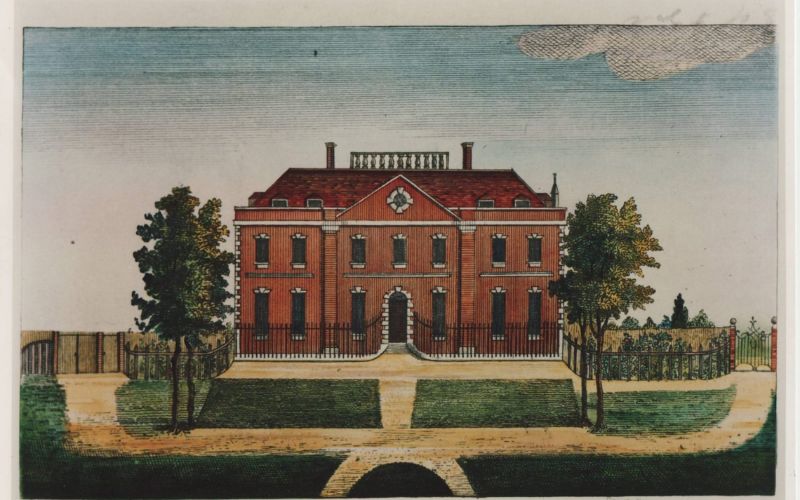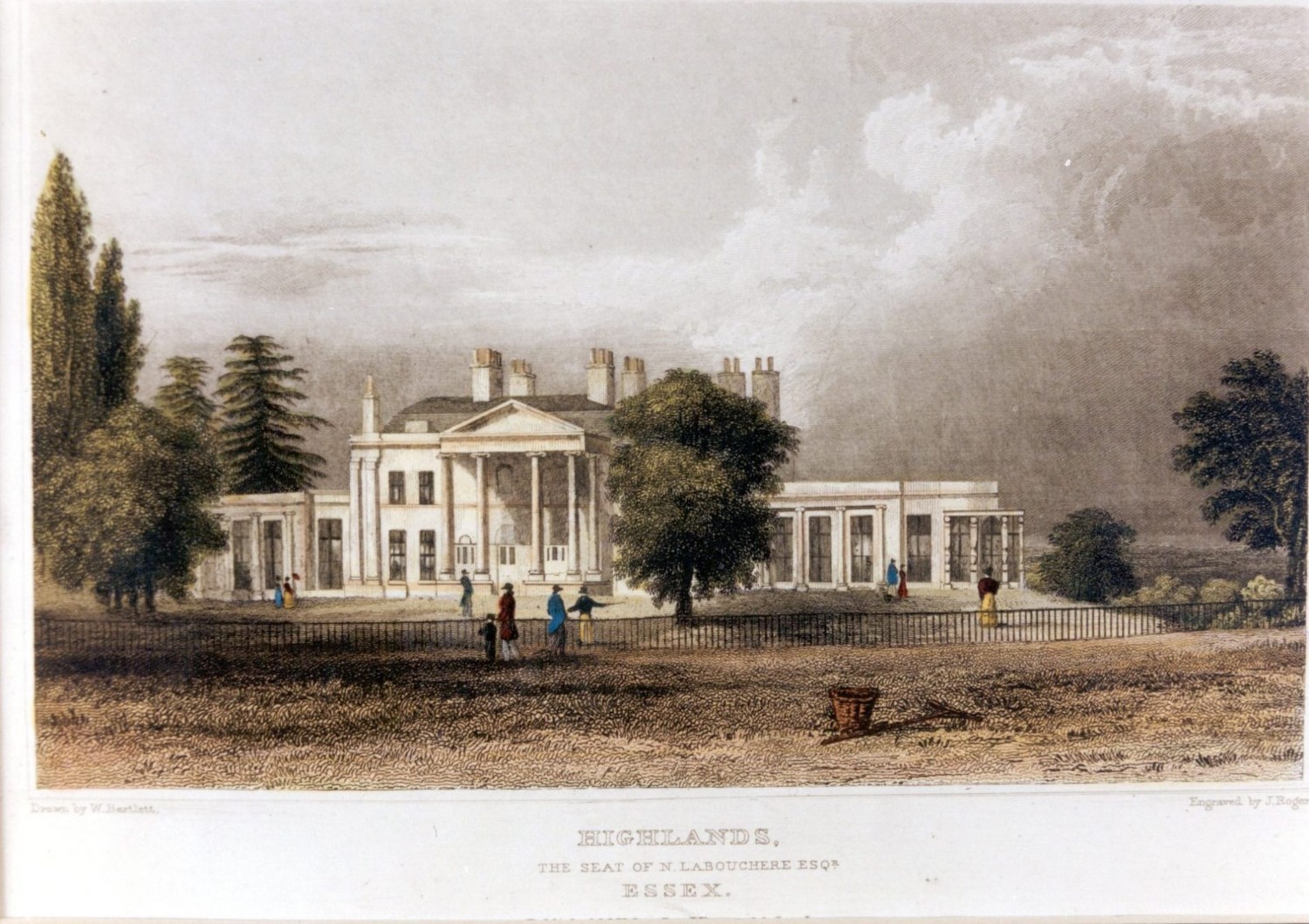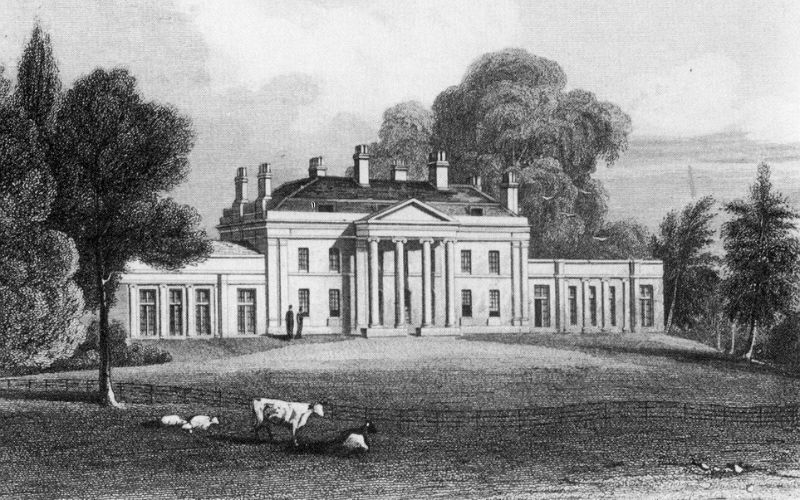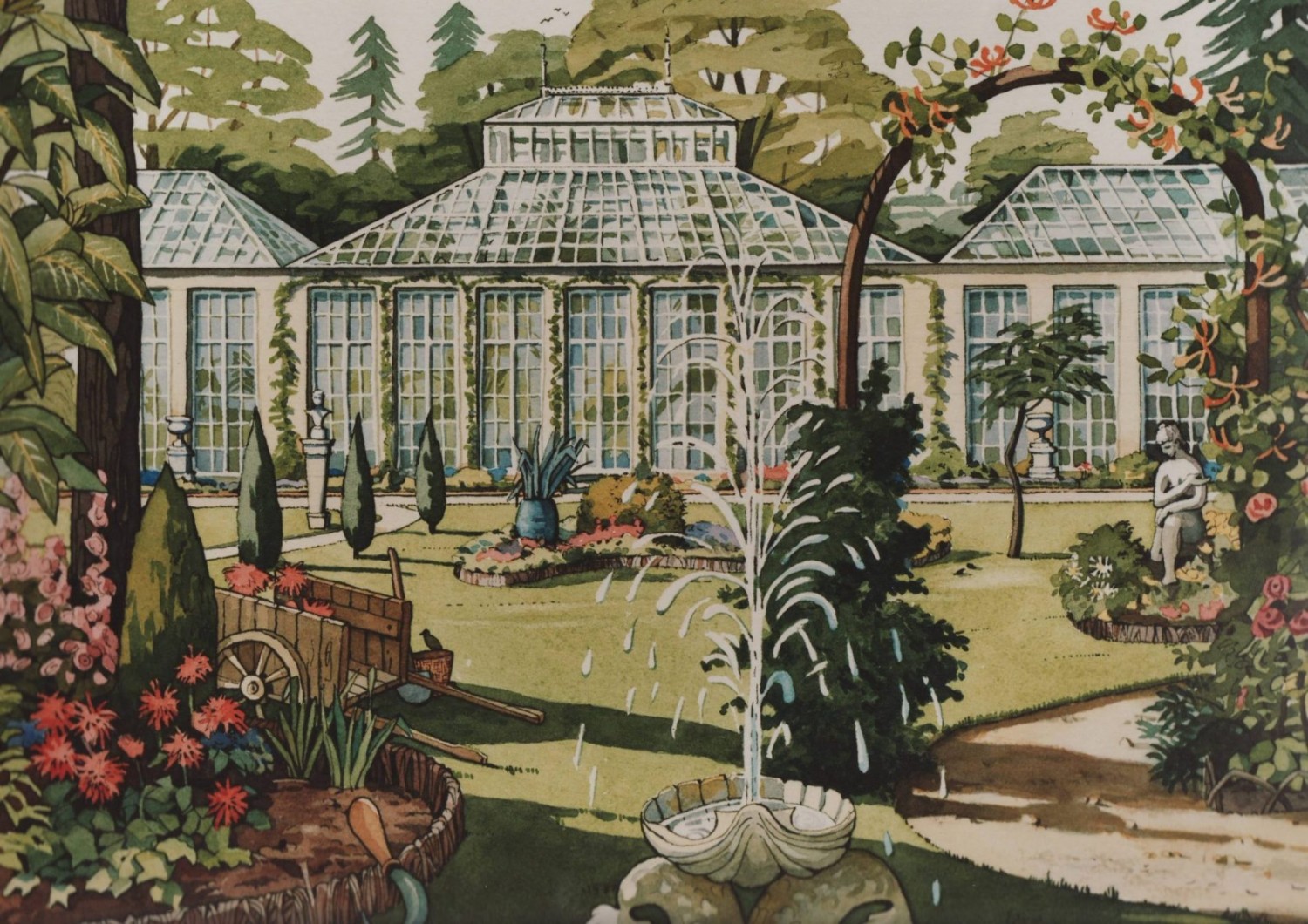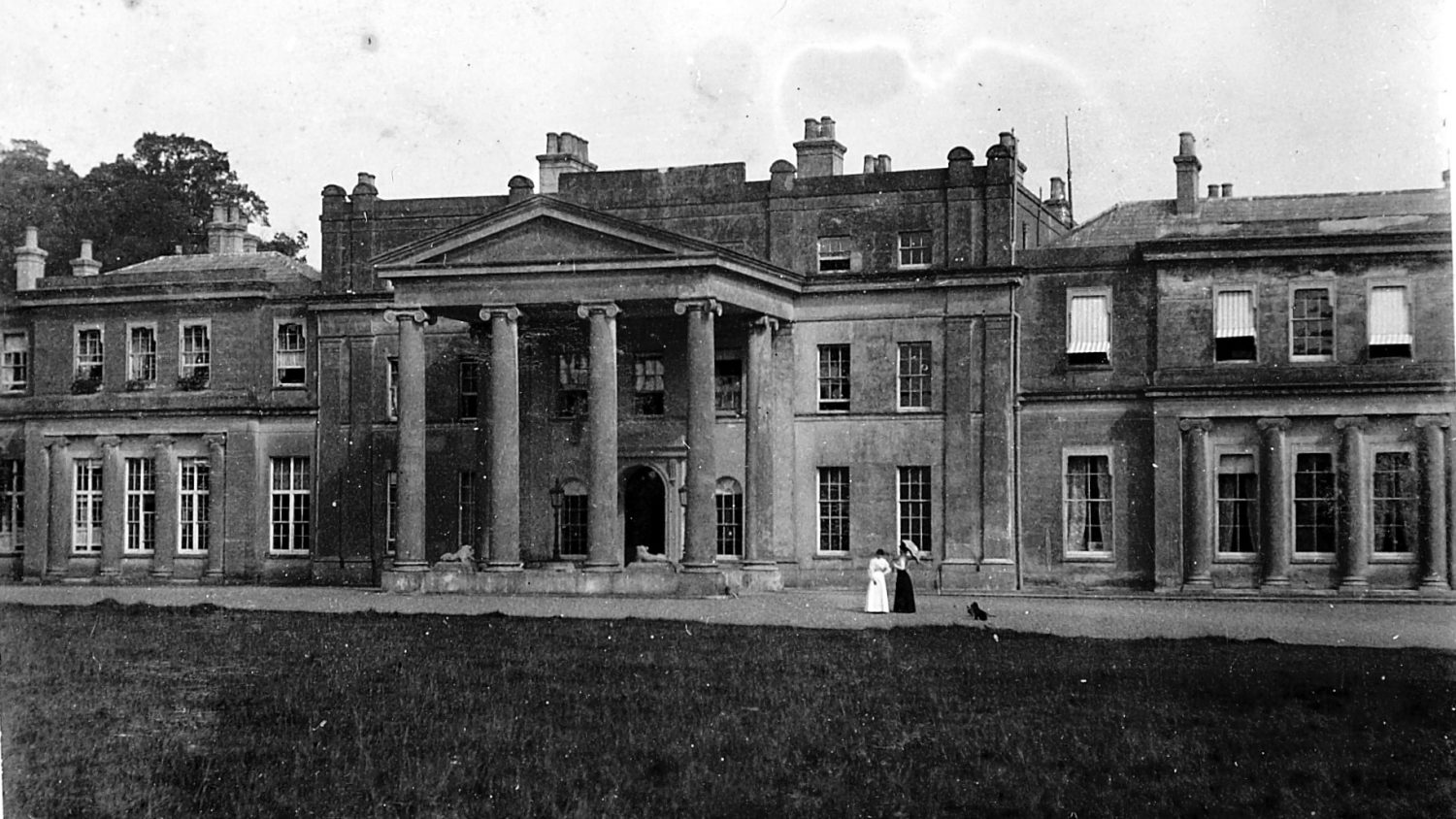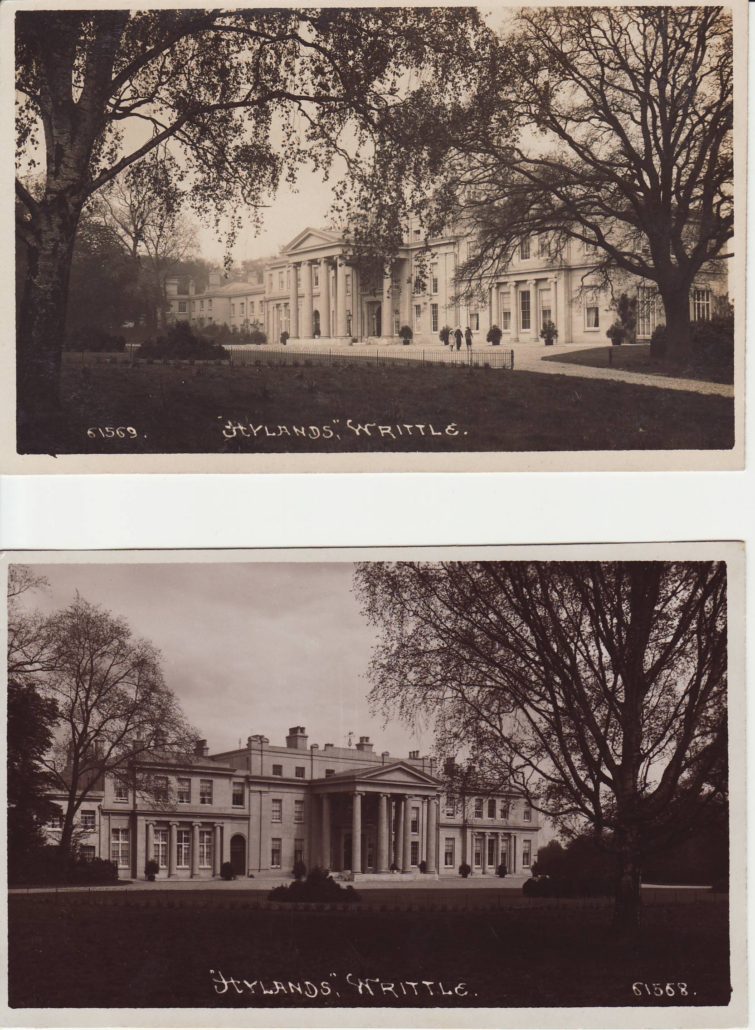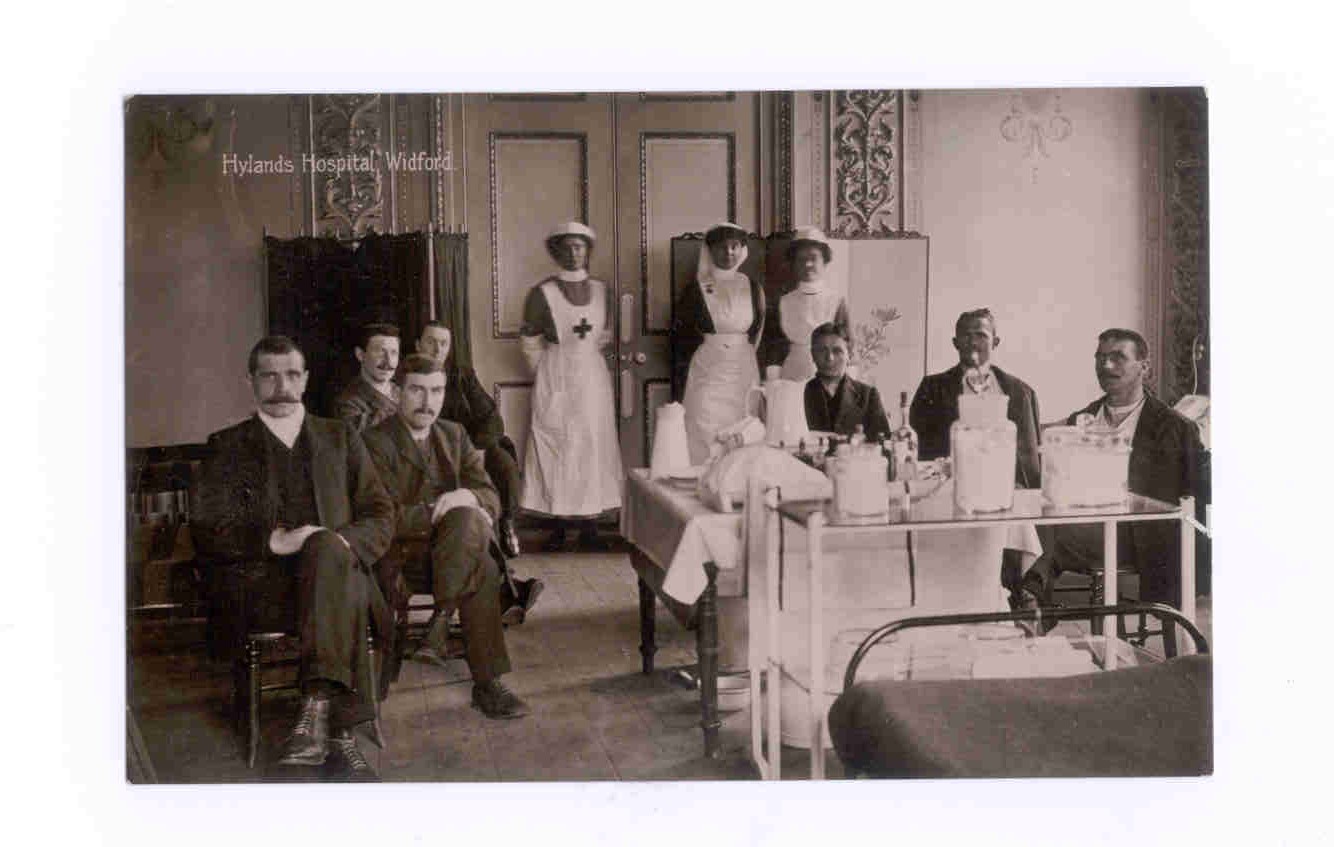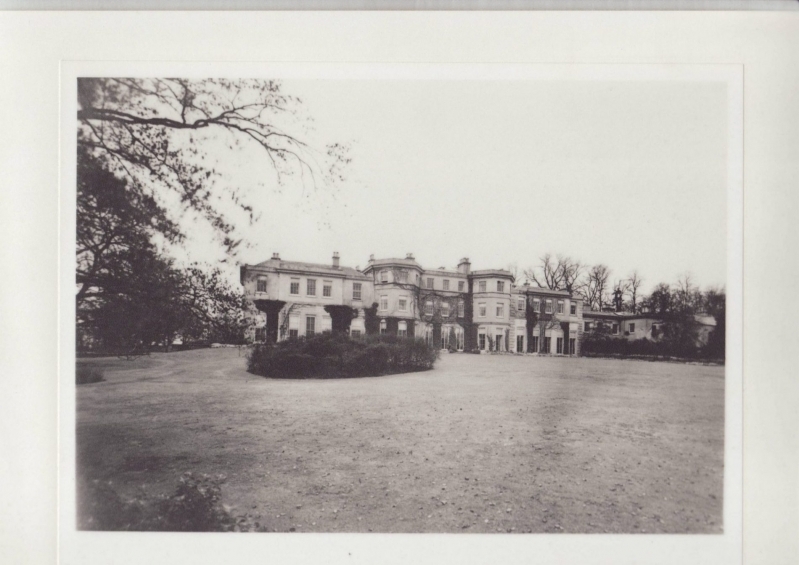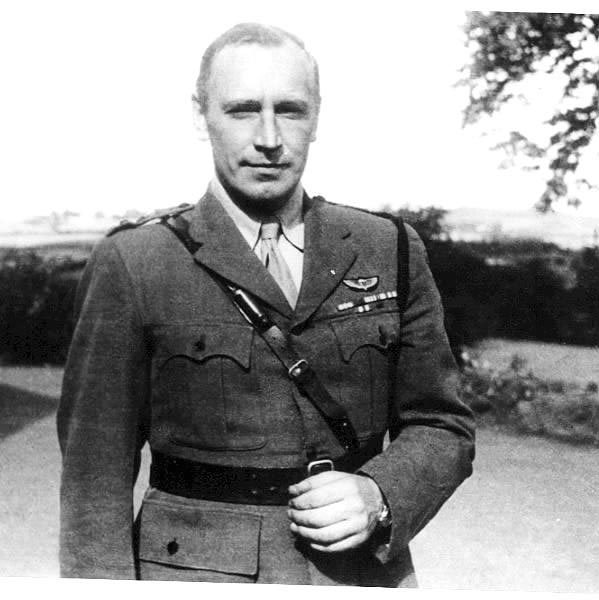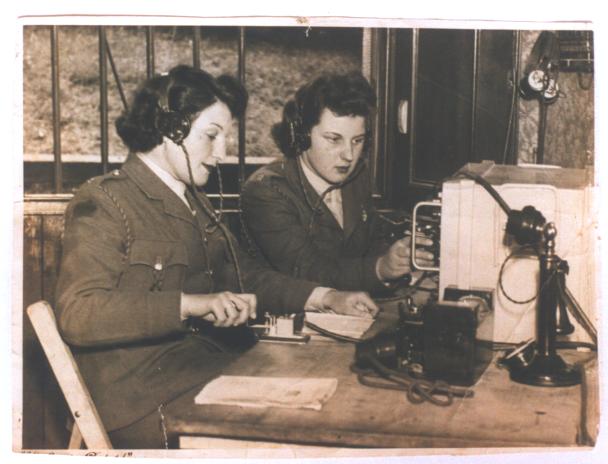1797 to 1814 – Cornelius Hendrickson Kortright
Cornelius Kortright was a Danish merchant with a fortune founded on the sugar trade in the West Indies, and he purchased Hylands for £14,500 at auction. Kortright’s plans for Hylands reflected his social ambitions, and he engaged renowned architect Humphry Repton to redesign the parkland and enlarge the house in line with the Romantic Movement fashionable at the time.
The Influence of Humphry Repton
When the Romantic Movement swept through Western Europe in the late eighteenth century, those with land and money became enamoured of the landscape gardening and neo-classical architecture favoured by the Romantics.
Kortright purchased a further 150 acres of land to create Repton’s vision for Hylands. Hylands House became a winged, neo-classical villa, covered in white stucco. With its portico and Ionic pillars, Hylands was considered the height of Georgian elegance. An Estate map of 1814 also shows extensive changes to the Estate, including changes to the approach roads, servants’ quarters to the west, a new site for the Kitchen Garden, Ice House and Pleasure Gardens, the Serpentine Lake and a lodge to the entrance near Widford.
Humphry Repton is now generally regarded as one of three outstanding designers who dominated the English Landscape movement from about 1720 to 1820, as the successor of William Kent and Lancelot ‘Capability’ Brown.
During the Napoleonic Wars, a large military contingent was based nearby in Galleywood, and the Essex Herald in January 1810 reported Kortright’s hospitality: “an elegant ball and supper at his beautiful seat Highlands… at which all the fashionables in the neighbourhood were present, including many military gentlemen”. However, as Cornelius’ family grew he chose to leave Hylands for a larger estate in Fryerning, and Hylands was again offered for sale

